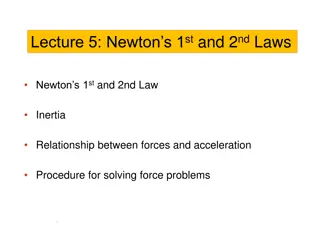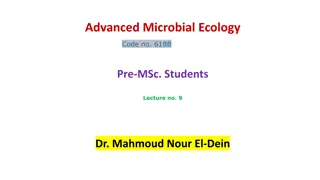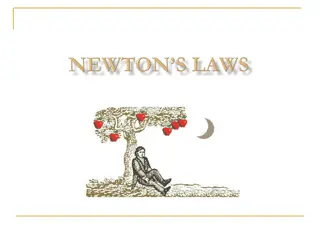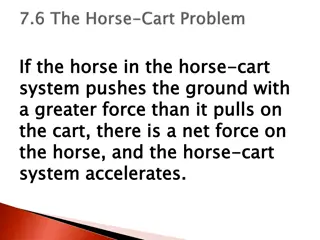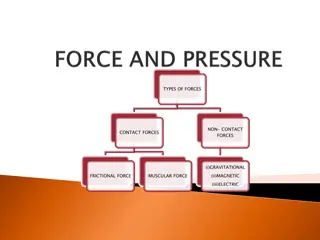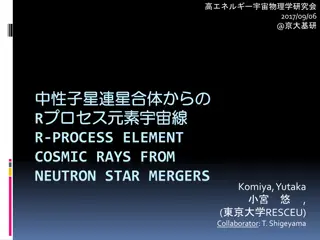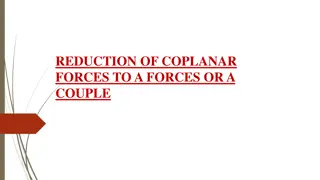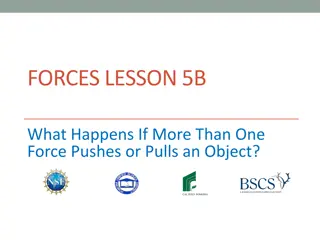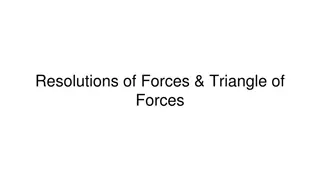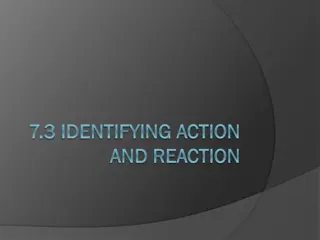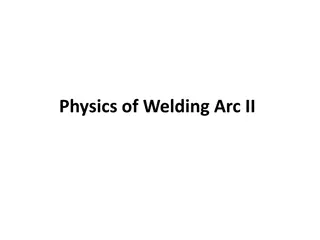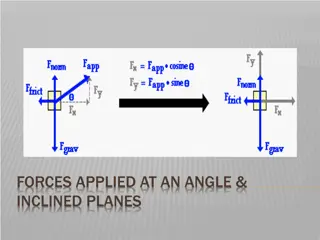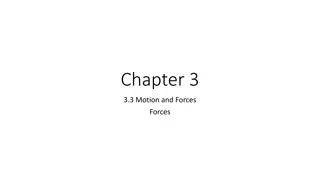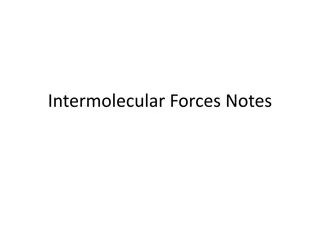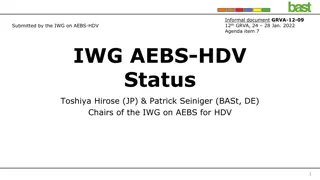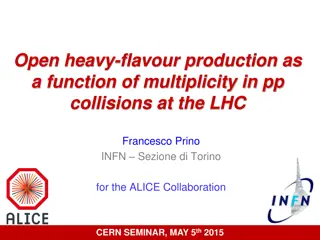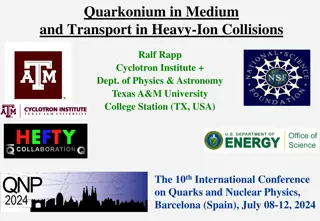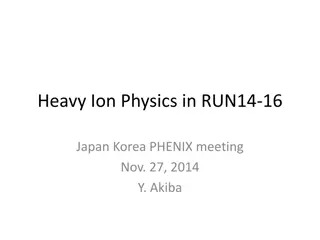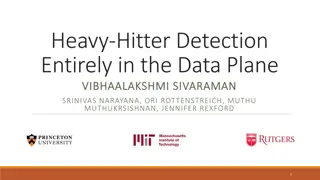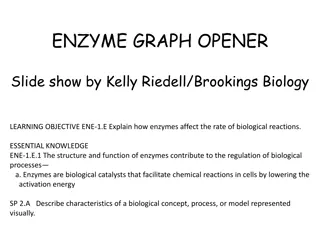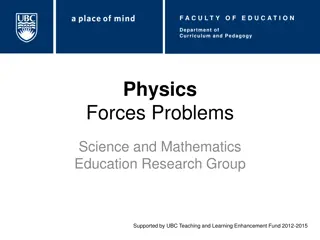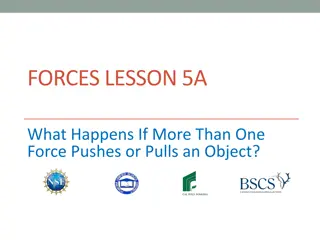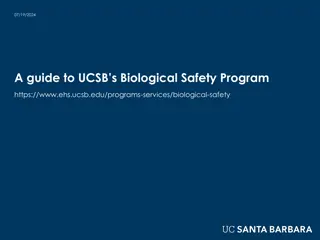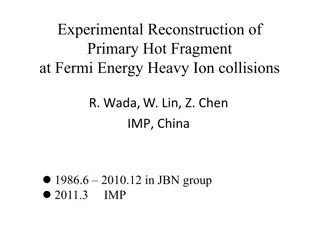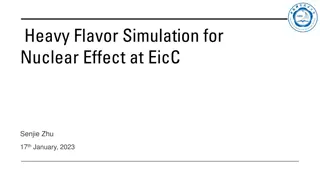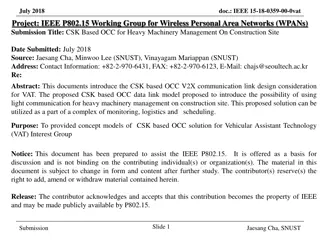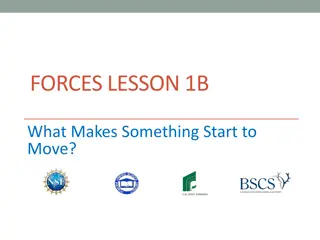Understanding Biological Changes with Light or Heavy Forces Application
Tooth movement can be categorized as physiologic, pathologic, or orthodontic, with forces transmitted through the tooth to the periodontal ligament and alveolar bone. Changes occurring due to light and heavy forces result in bone resorption and deposition, impacting the supporting structures. Histological changes vary based on force magnitude and duration, leading to different responses in the periodontal ligament and surrounding bone. Mild forces induce compression and subtle resorption, while tension areas experience increased vascularity and bone deposition by osteoblasts.
Download Presentation

Please find below an Image/Link to download the presentation.
The content on the website is provided AS IS for your information and personal use only. It may not be sold, licensed, or shared on other websites without obtaining consent from the author. Download presentation by click this link. If you encounter any issues during the download, it is possible that the publisher has removed the file from their server.
E N D
Presentation Transcript
Biological changes that occur when light or heavy forces are applied By Kisakye Samuel 19/U/0402
Content outline 1. Introduction 2. Changes following mild and excessive forces application 3. Optimum orthodontic force 4. Phases of tooth movement 5. Theories of tooth movement
Introduction Tooth movement can be: Physiologic Pathologic Orthodontic When force is applied to the crown of a tooth, it is transmitted through the root of the tooth to the periodontal ligament and alveolar bone. According to the direction of the force, there will be areas of pressure and areas of tension on these supporting structures, for tooth movement to occur there must be bone resorption and bone deposition
Introduction The histological changes occurring during tooth movement vary according to the magnitude and duration of the force The histological changes occurring during tooth movement can be described under the following headings: Changes following application of mild orthodontic forces. Changes following application of excessive orthodontic forces.
Changes Following Application of Mild Orthodontic Forces Changes on Pressure Side Periodontal ligament gets slightly compressed on the pressure side. As the mild forces are not sufficient to occlude the blood vessels of the periodontal ligament, vessels may dilate and there will be recruitment of osteoclasts to that area of periodontal ligament. The osteoclasts will cause resorption of the alveolar bone immediately adjacent to the periodontal ligament. This kind of resorption where the periosteal bone from the inner wall of the socket is resorbed is called as frontal resorption or direct periosteal/ frontal resorption . There is no resorption of the tooth root.
Changes Following Application of Mild Orthodontic Forces Changes on Tension Side An area of tension is created in the supporting structure of the tooth, opposite to the direction of force. The periodontal ligament is stretched in this area and vascularity is increased. Increased vascularity leads to mobilization of osteoblasts and fibroblasts in those areas. The osteoblasts lay down a layer of osteoid bone immediately adjacent to the lamina dura, which gets matured over a period of time.
Changes Following Application of Excessive Orthodontic Forces Changes on Pressure Side On applying excessive forces, the periodontal ligament on pressure side is extremely compressed/crushed, possibly causing contact between the tooth and the alveolar bone. This leads to occlusion of blood vessels in that area. As a result, the periodontal ligament in these areas gets deprived of nutritional supply and begins to show regressive changes with cell free areas called hyalinization. Due to ischemia and hyalinization, there is no recruitment of osteoclasts in the pressure side
Changes Following Application of Excessive Orthodontic Forces No resorption occurs on the periosteal surface of the socket, i.e., no frontal resorption and thus tooth does not move for a period of time. After a lag period, bone resorption occurs in the adjacent marrow spaces under the hyalinized areas. This is termed as undermining indirect or rearward resorption If the forces are grossly excessive, resorption of the root surfaces may also occur. Nonvitality and ankylosis of the tooth are other possible consequences of extreme orthodontic forces.
Changes on Tension Side when excessive force is applied Periodontal ligament on the tension side gets overstretched leading to tearing of blood vessels and ischemia, there is an increased osteoclastic activity as compared to osteoblastic activity and thus the tooth may become loosened in its socket. Necrosis of the ligament if the force applied is severely excessive and prolonged, due to deprived blood supply also massive underlining resorption and possibly resorption of the root surface of the tooth Application of very heavy orthodontic forces cause pain, loosening of the tooth in its socket and healing may occur by ankylosis of the tooth to the alveolar bone
Secondary Bone Remodeling In addition to changes in the socket wall, bone changes also occur elsewhere. These changes are called as secondary bone remodeling. It involves the addition of bone to the endosteal surface beneath the areas of pressure and the resorption of bone from the endosteal surface beneath the areas of tension. These compensatory bone changes are necessary to maintain the thickness of the supporting alveolar process
Optimum orthodontic force The optimum orthodontic force is the one, which moves teeth most rapidly in the desired direction, with the least possible damage to tissues and with minimum patient discomfort. It induced a pressure of around 20 26 g/cm2 of root surface, which is equivalent to the capillary pulse pressure. Characteristics optimum orthodontic force has the following Clinically It produces rapid tooth movement. Causes minimal patient discomfort Lag phase of tooth movement is shorter. The tooth being moved does not become loosened in its socket.
Optimum orthodontic force characteristics Histologically Vitality of tooth and periodontal ligament is maintained. Initiates maximum cellular response. Produces direct or frontal resorption. Integrity of periodontal attachment is maintained by reorganization of the fibers.
Orthodontic tooth movement occurs in three stages: 1. Initial phase 2. Lag phase 3. Post lag phase.
Initial Phase When orthodontic therapy is begun, a rapid tooth movement occurs for a short distance, which then stops. The extent of tooth movement in this initial phase appears to be the same for both light and heavy forces. Tooth movement, occurring in initial phase, is perhaps caused by the displacement of the tooth in periodontal ligament space and also by bending of alveolar bone to some extent. Usually, an initial tooth movement of 0.4 0.9 mm occurs in a week s time.
Lag Phase During lag period there is a little or no tooth movement. Lag phase occurs due to the formation of hyalinization tissue in the periodontal ligament, which has to be eliminated before tooth movement can progress further. Factors determining the duration of lag phase include the following: Amount of force, Duration of force, Type of tooth movement and type of tooth, Density of alveolar bone, Age of the patient , Extent of hyalinization. Post Lag Phase Since the hyalinized tissue is eliminated, tooth movement can now progress in a rapid rate. During the post lag phase, osteoclasts are formed over a large surface area, directly resorbing the bone surface facing the periodontal ligament.
Theories of tooth movement Pressure/tension theory by Schwartz Blood flow theory by Bien Bone bending/Piezoelectricity by Picton, Cochran and Grimm Mechanochemical theory by Justus and Luft.
Pressure/tension theory by Schwartz According to this theory, areas of pressure and tension are created whenever a tooth is subjected to orthodontic force. The area of the periodontium in the direction of force is under pressure while the area of periodontium opposite to the direction of force is under tension. Bone resorption occurs in the areas of pressure, while new bone is deposited in areas of tension.
Blood flow theory by Bien Because of the confined nature of the contents of periodontal ligament space, a unique hydrodynamic condition resembling a hydraulic mechanism is created. When a force of shorter duration as in mastication is applied to the tooth, the fluid in periodontal ligament escapes through tiny vascular channels. The fluid gets replenished by diffusion from capillary walls and recirculation of the interstitial fluid as soon as the force is removed. However, when a force of longer duration as in the case of orthodontic tooth movement is applied, the interstitial fluid in the periodontal ligament space gets squeezed out and moves towards the apex and cervical margins. This results in slowing down of the tooth movement and is called as squeeze film effect by Bien
Blood flow theory by Bien The blood vessels of the periodontal ligament gets compressed between the principal fibers of the ligament and results in their stenosis. The blood vessels beyond the area of stenosis balloon up forming aneurysms. The formation of aneurysms causes the blood gases to escape into the interstitial fluid, thereby creating a favorable local environment for resorption. Such an environment with decreased level of oxygen is favorable for bone resorption
Bone Bending or Piezoelectric Theory When orthodontic force is applied to teeth, it causes deformation or bending of the alveolar bone. It has been shown that bone, which is deformed by stress becomes electrically charged and exhibits a phenomenon called piezoelectricity When a force is applied to tooth, the distorted adjacent alveolar bone forms areas of concavity and convexity. Bone deposition occurs in the areas of concavity, which is negatively charged. Areas of convexity become positively charged and bone resorption occurs.
Mechanochemical theory was put forward by Justus and Luft in the year 1970. According to this theory, application of physical stress to the bones changes the solubility of the hydroxyapatite crystals. Change in solubility of the hydroxyapatite results in remodeling of bone.
References 1. Orthodontics principles and practices 2ndedition by Basavaraj Subhashchandra Phulari 2. Contemporary orthodontics 6thedition by William R Proffit





